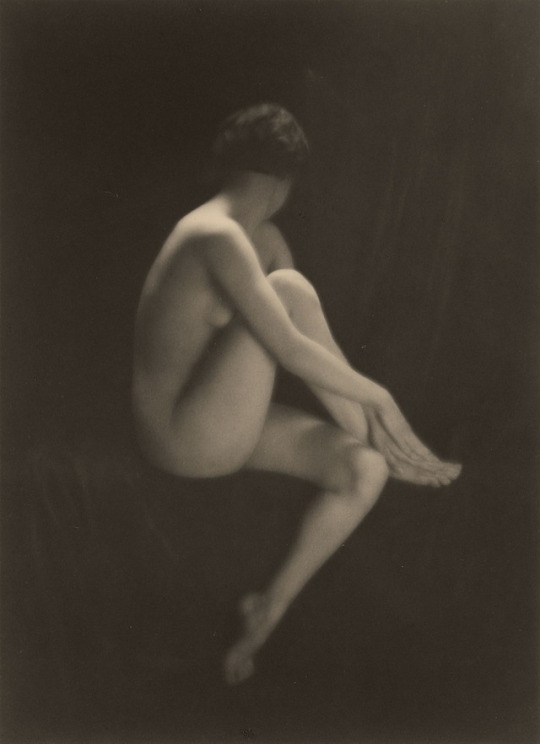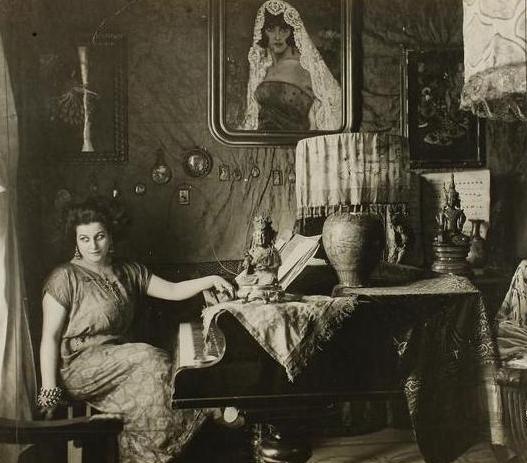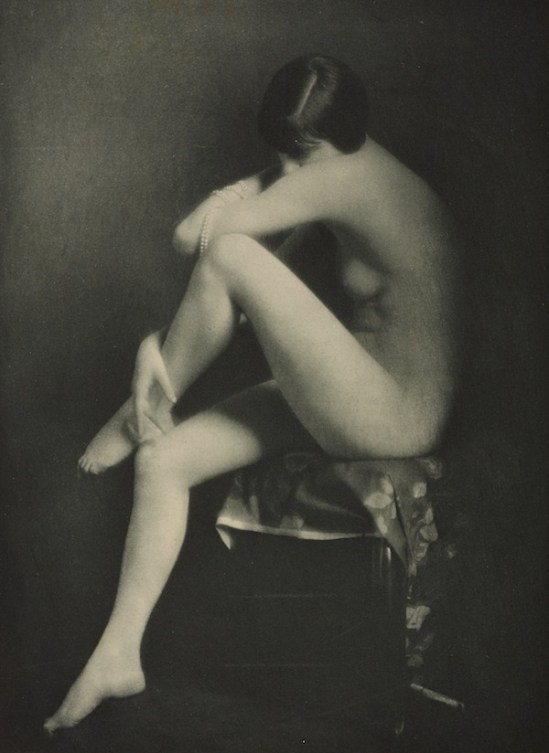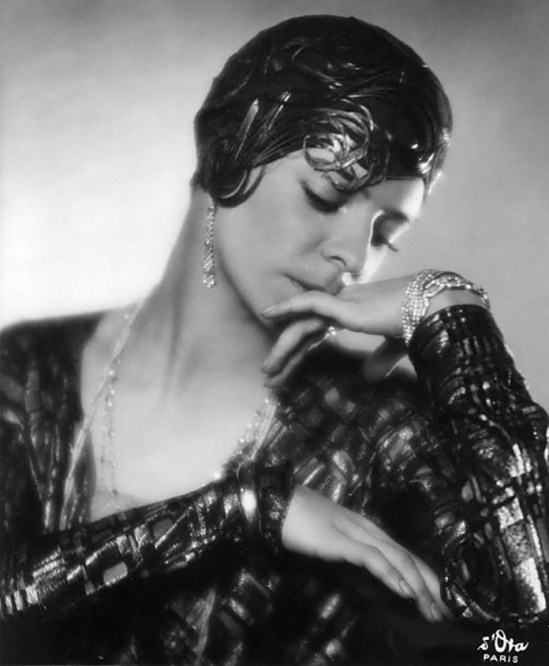Mario von Bucovich (16 February 1884 – 30 November 1947) was also known as Marius von Bucovich. He was born at Pula in the Istrian region of the Austro-Hungarian Empire and held the title of Baron. His father, August, Freiherr von Bucovich, was a former Corvette Captain in the Austro-Hungarian navy and later an entrepreneur in the railroad concession sector. His mother was Greek.
Despite the wide circulation of his photographs (to the present day) and popularity of his publications (from the 1920s to the 40s), there has been limited interest in Mario von Bucovich in the history of photography, which may reflect a somewhat ungenerous assessment. Although much of his work was conventional, he was a creative and talented photographer. He also took the initiative to produce books of his photographs dedicated to New York and various European cities. In a privately published volume of 1935, intended simultaneously to de-mystify and elevate photography, Bucovich expressed his views on photography and his own practice of the craft. But he reveals almost nothing of a personal nature. Both authors of this article, before learning of each other’s work—coming from German Studies and Jewish Studies, respectively—were struck by the disparity between the quantity and quality of the material legacy of Mario von Bucovich, and the lack of a substantial biography.
He worked primarily in Germany in the 1920s and 30s, as well as traveled to France and England. In his published work he was most noted for his urban studies with a focus on streetscapes, but his studio work undertaken at the Atelier Karl Schenker was often of entertainment personalities of Weimar period stage and screen. Amongst his most notable books were Berlin, Das Gesicht Der Stadt (Berlin, Portrait of a City) and Paris (with a forward by Paul Morand). The Paris book included photos by Germaine Krull. The Berlin book published originally by Albertus Verlag, a publishing house he founded in 1928, had a forward written by the author Alfred Döblin.
He had a base in Berlin during his most productive years between the wars, being linked to the Atelier Schenker. During the late 1920s his photos appeared across the gamut of German photo journalism including the titles: Der Querschnitt, Uhu, Die Dame, Die neue Linie, Das Magazin, Skizzen, Welt-Magazin, Kölnische Illustrierte Zeitung, Revue des Monats, Das Kriminalmagazin, Das Leben, Das Kunstblatt, Farbe und Form, Das deutsche Lichtbild, Deutscher Kamera Almanach, Die Reklame, Der Photo-Freund.
He moved to New York during the 1930s where he worked for a publishing house on 41st Street. In his American period he published two photographic essays, Washington D.C. City Beautiful and Manhattan Magic. A Collection of Eighty-Five Photographs. He moved to Mexico and was working there through at least the early part of that decade, until his death on 30 November 1947 in a traffic accident in Mexico City.
His work was shown at major photography salons of the day, including the Fourth International Exhibition of Pictorial Photography at the California Palace of the Legion of Honor, the Third International Exhibition of Pictorial Photography Seattle Camera Club, and the 15th and 16th Annual Pittsburgh Salon of Photographic Art at the Carnegie Institute.
His work is in the collections of the New Orleans Museum of Art, the National Museum of Mexican Art and the National Gallery of Canada.
He photographed Marlene Dietrich and Leni Riefenstahl (in her days as a dancer, preceding her career as a film director). His views of Girona in Spain taken in 1933 were published in the National Geographic magazine. The Berliner Morgenpost in 2009 described him as « one of the great unknown photographers of 20th Century European photography ».
Mario von Bucovich’s wife, Marie, was also a photographer. source wilkipedia

Mario von Bucovich -Naakt rencontré masker en werd Berlin 1927 de la bookVoluptuous Panic Le monde érotique de Weimar Berlin, Feral House, 2000. photo courte

Mario von Bucovich

Mario von Bucovich

Mario von Bucovich

Mario Buchovich- Reclining nude 1935 Vintage toned matte gelatin silver print

Mario von Bucovich- Female nude in shoes holding a fur stole. 1927. Vintage toned matte gelatin silver print



















































































































































































































































































































Vous devez être connecté pour poster un commentaire.